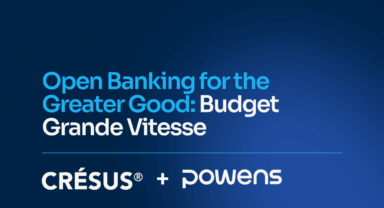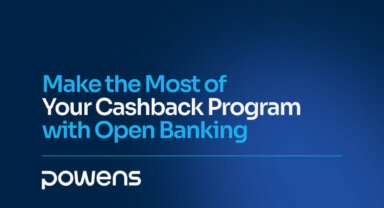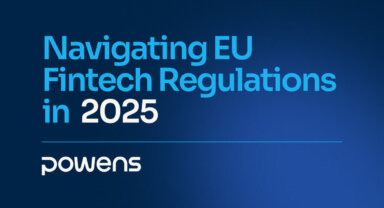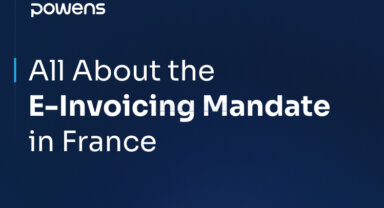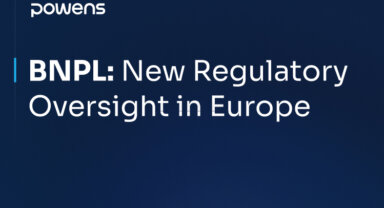AI and machine learning have taken the world by storm, and the finance industry is no exception. Open Banking is already putting AI to work, changing the ways we bank, invest, and manage money. By 2030, the global forecast for the AI banking technology market is an astonishing €64 billion.
It’s evident that AI and machine learning are here to stay, so the big question is how organizations across the financial spectrum can implement AI solutions successfully in operations. This article sheds light on this very question, sharing genuine use cases and showing how AI and machine learning processes are affecting companies, including the benefits, challenges, and potential limitations.
Open Banking and AI: Turning financial data into smarter solutions
Open Banking enables consumers to share their financial data with third-party providers through APIs (Application Programming Interfaces) in a secure manner. This transparency has opened the door to innovation –– and here AI steps in, aggregating raw banking data and turning it into insight with value-informed, actionable outcomes. Put together, Open Banking and AI are a powerhouse.
AI and machine learning are facilitating innovation in a wide range of financial services, from credit assessment to fraud detection and customer service. When implemented correctly, they boost operational efficiency, improve customer experiences, and keep financial institutions competitive.
Yet, the finance sector was already leveraging these technologies long before the widespread media attention following OpenAI’s ChatGPT launch in 2023. First, AI and machine learning served to automate simple tasks in banking. Now they expand to perform even the most sophisticated activities, such as customer behavior assessment and risk profiling. This evolution allows businesses to offer personalized, efficient services that traditional systems simply couldn’t match.
AI-driven efficiency and personalization
From better loan approval to aiding excellent customer service, AI and machine learning are changing how banking works. Data-driven AI algorithms can rate creditworthiness in seconds, making loan decisions both fair and fast. For users, it means quicker loan approvals and a frictionless customer experience. Lenders leveraging AI in the loan approval process also boost their conversion rates compared to traditional, slower providers.
These technologies can step in on monotonous tasks –– replacing customer support and financial planning –– automated and without supervision. AI-powered chatbots provide instant and accurate responses to customer queries, while machine learning predicts services the customer could be interested in. It leads to a very personalized banking experience, tailored toward specific needs rather than a generic solution.
For business leaders, these data-driven insights result in cost savings, increased customer loyalty, and informed decision-making.
AI-driven fraud detection
One of the most important areas where AI shines in Open Banking is fraud prevention. Machine learning algorithms constantly analyze spending habits to detect unusual activity, providing an instant response to potential fraud. This proactive approach goes beyond what humans alone could achieve, significantly decreasing the risk of fraud.
AI also reduces any prejudice or human error during risk assessment. It can predict fraud and help prevent it by defining patterns indicative of fraudulent behavior. For businesses, this means fewer losses, reduced risk, and greater customer confidence in the safety of their finances.
Future innovation in Open Banking
AI, machine learning, and Open Banking pave the way for completely new financial innovations, like Embedded Finance, where financial services will be provided seamlessly. Generative AI can already deliver personalized advice on finances and support the explanation of complex financial topics in simpler ways to end-users. Imagine getting instant loan offers while shopping online or insurance options when booking a holiday. This is the future that AI and Open Banking are creating.
Over 70% of financial institutions with centralized AI models succeed in bringing AI projects to full production. For CEOs, CTOs, and product leaders, this means embracing AI and machine learning for a competitive edge by offering smart services that meet customer expectations.
Challenges and ethical considerations
While the potential of AI and machine learning in Open Banking is huge, several challenges persist. Data privacy and ethical AI use are among the most critical, so making sure AI models are more transparent, unbiased, and secure is key to building maintained trust. Regulatory frameworks such as GDPR, PSD2, and PSD3 help manage such concerns; however, most often, technology evolves faster than regulations, leaving gaps that still need to be addressed.
Successfully integrating AI isn’t always straightforward, with roadblocks including legacy system compatibility and consumer consent. Companies that resolve these challenges head-on will be better positioned to unleash all of AI’s powers for enhanced efficiency, innovation, and staying ahead of the competition.
Success stories: The real-world impact
Leano business lending solution
Leano, a lending platform for SMEs, partnered with Powens to deliver seamless financing solutions. By integrating Powens’ Bank solution, Leano used real-time data and AI-driven insights to optimize client services, automate processes, and help clients grow — leading to exponential growth for one IT sector client who tripled their revenue in record time.
Finfrog micro-credit solution
Finfrog offers micro-credit using Powens’ banking aggregation and AI for credit scoring. With Powens’ support, Finfrog can assess creditworthiness in real-time, allowing rapid, accurate loan decisions. This is a prime example of AI-driven Open Banking enhancing both the speed and reliability of financial services.
Delta investment tracking
Delta expanded from a crypto-only tracking app to a multi-asset investment tool using Powens’ Open Finance solutions. With AI-powered insights and wealth aggregation, Delta transformed into a comprehensive platform offering users real-time analysis and personalized recommendations, enhancing the overall user experience.
These examples show how AI and Open Banking are improving financial processes and making services more transparent, efficient, and accessible.
Partnering with Powens to create the future of finance
Thriving financial institutions have leveraged AI, machine learning, and Open Banking long before these technologies became a trend. From creating personalized customer experiences to advanced fraud detection, industry leaders are already using these technologies to make finance more efficient, secure, and customer-focused.
At Powens, we are proud to be part of this journey, enabling financial institutions, Fintechs, and software vendors across Europe and LATAM to harness the transformative power of Open Finance and Embedded Banking. Our platform empowers over 280 leading financial institutions and 7 million end-users with seamless, automated banking experiences. We specialize in AI-driven solutions that enhance Open Banking services, ensuring our clients stay ahead of the curve in a competitive financial ecosystem.
Talk to sales today to see how Powens can apply the power of AI and Open Banking to your financial services and drive results.
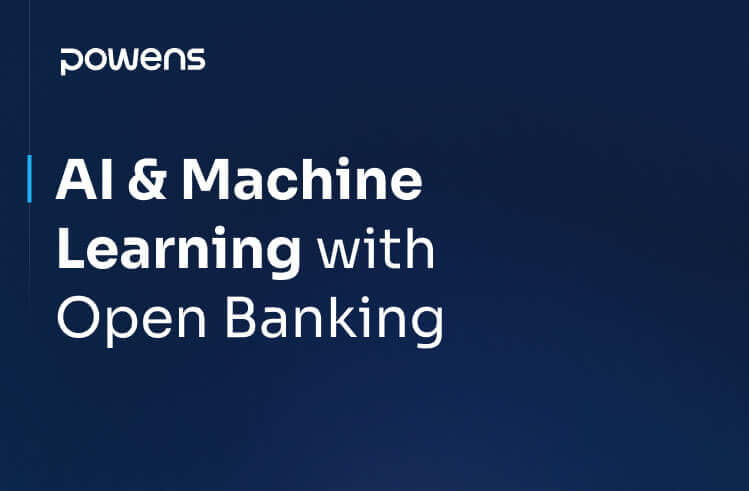
 Jan 31, 2024
Jan 31, 2024 



